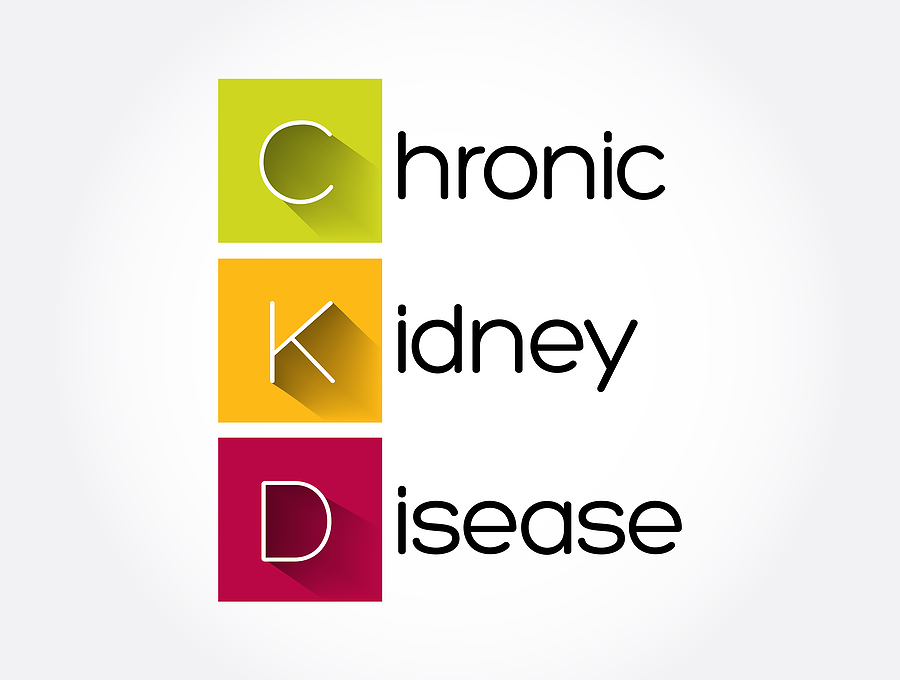Coronary Artery Disease OSA and Diabetes – One of our mantras is that if you’re safe to fly, the FAA will probably agree with you. True as that may be, getting to the consensus that keeps you flying often takes more work than a simple visit to your AME’s office.
Even pilots who have successfully qualified for special issuance in the past can be shocked at how quickly the FAA’s information requirements can escalate. One of our recent clients found this out the hard way.
Pilots have health issues too
After more than 20 years of free and clear medical certificates, he developed his first major health issue. Like many people in their 40s, some combination of genetics, lifestyle, age, and fate leads to an initial diagnosis of type 2 diabetes.
While less common in pilots than in the general population, the FAA has a standard protocol to certify pilots with diabetes who do not require daily insulin injections. After providing some basic information about his condition, he was able to qualify for his first special issuance and continue flying after only a small delay.
Another decade of uninterrupted flying later, he developed another disqualifying condition. This time it was Obstructive Sleep Apnea or OSA. Once again, the FAA was able to evaluate his condition by reviewing some routine information from his doctors and he was able to continue flying without any protracted delay.
Some special issuances are harder than others
Fast forward again to more than 15 years after his first special issuance. After collecting the same documentation that had become routine over the past decades and scheduling an appointment with his AME, he received some unwelcome news.
Some ECG abnormalities were concerning enough to prompt a more in-depth cardiology evaluation.
As it turned out, some of his coronary arteries were partially blocked, but he was not having any symptoms of chest pain and his treating doctors did not initially recommend removing the blockages.
Following the process he had already navigated twice before, he dutifully collected all of the medical records requested by the FAA and submitted them for the Aerospace Medical Certification Division (AMCD) in Oklahoma City to review.
However, nothing from his previous experience prepared him for what was to come. Over the year following his AME exam, he received a total of four letters from the FAA.
Each one thanked him for his previous response, advised him that they were still unable to determine his eligibility for a medical certificate, and requested additional information.
The fourth letter, with all of its attached forms, had grown to 12 pages, requested that he schedule a new AME exam, had evolved to include very dense and specific medical jargon, and requested repetition of tests and procedures he had completed in the past.
That is when he contacted Wingman Med regarding Coronary Artery Disease OSA and Diabetes.
Expertise creates efficiency
By that time he was desperate. After nearly 40 years of aviation, his career hung in the balance. Even worse, the FAA’s growing list of requests seemed to be getting further out of reach with every attempt to comply with them. However, as we started to review his case, the situation started to make more sense.
The FAA was not deliberately moving the finish line. Far from it. AMCD has a standard protocol for certifying pilots with coronary artery disease, just like they do for diabetes, OSA, and many other conditions. They were just trying to work through their checklist. The problem in his case, as with many other pilots, was that they required each test to be conducted within a certain period and to meet very specific criteria.
As we developed a plan to coach him through the FAA’s list of requirements, order started to emerge from the chaos. He did need to repeat some evaluations, but other requirements were satisfied with historical records. Some of his medical records contained outdated or ambiguous information that his doctors were kind enough to change to better describe his actual health status.
By carefully reviewing his records and using our knowledge of the FAA’s medical certification process, we were able to address the deficiencies it contained before it even got to the FAA.
Taking back to the sky
Within a few months, he was able to submit a comprehensive package of information that satisfied all of the FAA’s requirements. They did send one additional letter back requesting some missing administrative information, but no additional medical testing or evaluations were required.
About three months after responding to that letter, he received a special issuance that returned him to flight status and allowed him to continue his aviation career.
It had been two years since his AME deferred his certification decision and 10 months since he hired Wingman Med. Waiting on a medical certificate for 10 months might not seem like something to celebrate, but the last half of that time was spent waiting for AMCD to consider his completed package.
In the first half, we ended his back-and-forth correspondence with the FAA and helped him provide everything needed to qualify for a medical certificate.
The FAA’s special issuance process takes time. Three months is lightning fast while cases involving cardiac and neurological issues often stretch beyond six under the best of circumstances.
Adding to that timeline, every communication with the FAA that fails to provide complete information or raises new questions will typically extend the process by about three months.
Even so, the FAA processes applications fairly and predictably. If you know how to navigate their system or work with someone who does, you can often reduce the time it takes to get your certificate by three to six months or more. At Wingman Med, we are perfecting that process to keep safe pilots in the air.
Follow us on Facebook.com/wingmanmed





